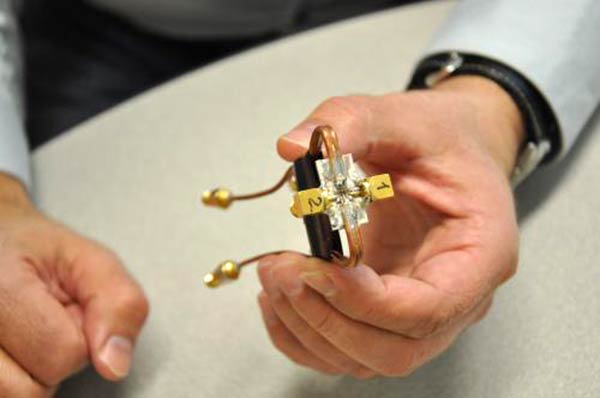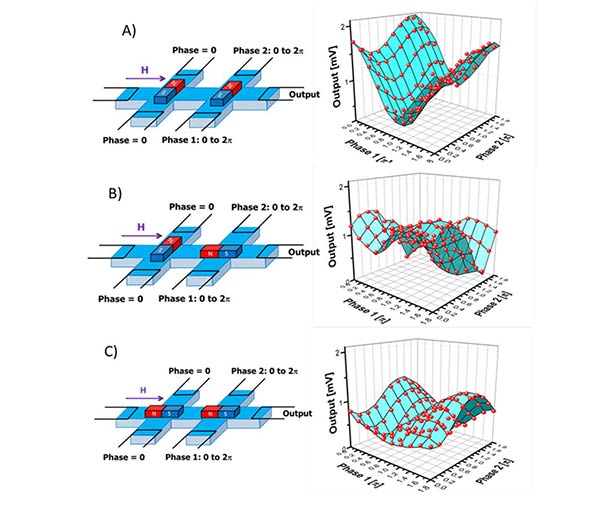Researchers from the University of California, Riverside Bourns College of Engineering and Russian Academy of Science have unveiled a new holographic memory device. In experiments the team demonstrated the potential to provide unprecedented data storage capacity and data processing capabilities in electronic devices such as mobiles, storage drives and computers.

Spin waves in magnetic materials are used in this new type of holographic memory device. Replacing the usual optical beam methodology, these new spin wave devices are compatible with conventional electronic devices with the potential to operate at wave lengths a great deal shorter than optical devices. This will ultimately result in creating smaller electronic devices bearing greater storage capacities.
The experiments performed by the researchers showed it is feasible to apply holographic techniques to magnetic structures to create a magnonic holographic memory device. The study merges the advantages of the magnetic data storage with wave-based information transfer. "The results open a new field of research, which may have tremendous impact on the development of new logic and memory devices," said Alexander Khitun, the lead researcher and research professor at UC Riverside.
In the experiments a 2-bit magnonic holographic memory prototype device employed a pair of magnets aligned in different positions on the magnetic waveguides. The magnetic field produced affects the spin waves transmitting through the waveguides producing a clear picture where the team could recognise the magnetic states of the magnets.

Based on the wave nature of light that allows the employment of wave interference between the object beam and the coherent background, Holography is usually related to images being made from light; this includes examples such as paper currency and driver's licenses. However it can also extend beyond light waves – such as in this holographic magnetic memory example. Other examples of holography in use beyond light applications include acoustic holograms, utilised in seismic applications and microwave holography, as used in radar systems.
The findings from the research are recorded in a paper named "Magnonic Holographic Memory", submitted for publication in the journal Applied Physics Letters.













